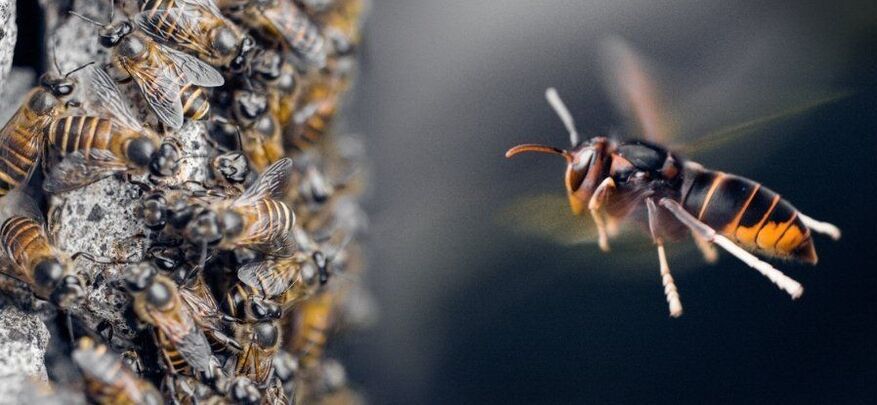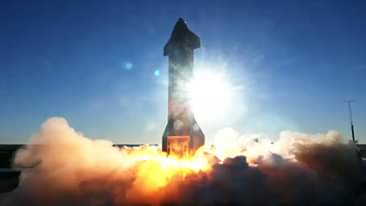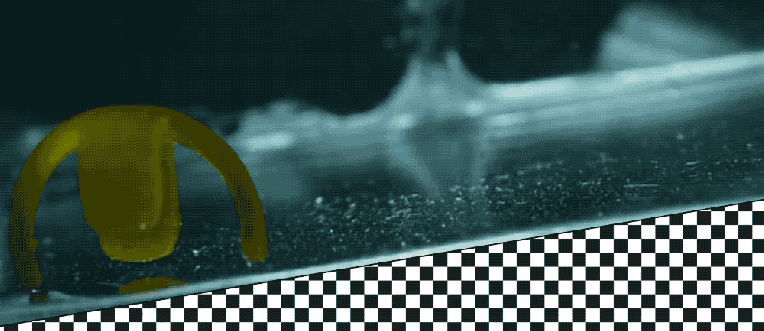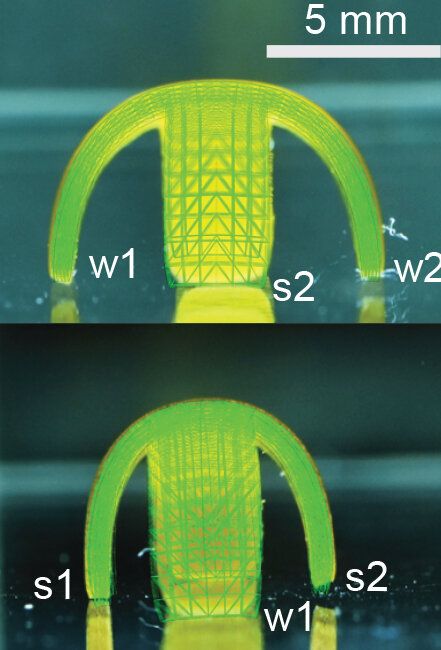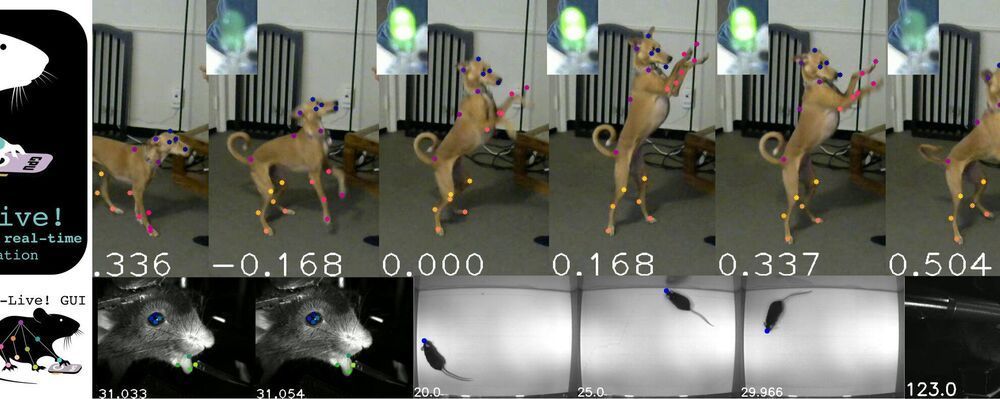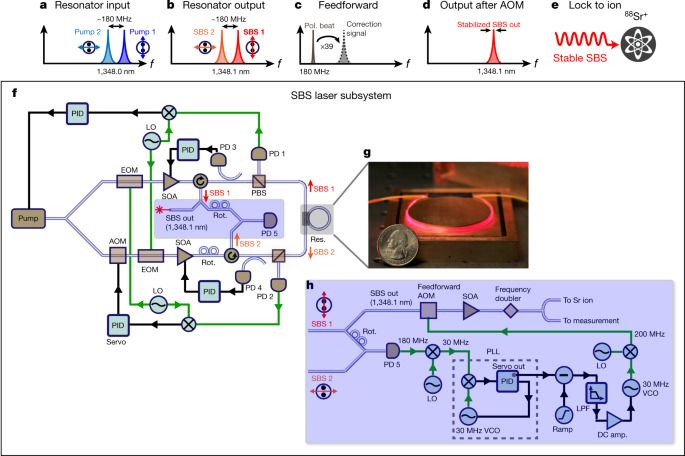Spider silk is a protein fiber spun by spiders, which they use to make webs or other structures, which function as sticky nets to catch other animals, or as nests or cocoons to protect their offspring, or to wrap up prey. They can also use their silk to suspend themselves, to float through the air, or to glide away from predators.
Each spider and each type of silk has a set of mechanical properties optimized for their biological function, but in particular, their dragline silks, have exceptional mechanical properties. They exhibit a unique combination of high tensile strength and extensibility which enables a silk fiber to absorb a large amount of energy before breaking with this estimated tensile strength several times that of steel.
Alex Greenhalgh, is the CEO, Spintex, a spin-out from the University of Oxford, pushing the boundaries of bio-inspired spinning and silk materials to provide much needed solution in sustainable and technical textiles.
Alex is a biologist and programmer with a working background in microbiology, clinical trials with a focus on GCP compliance, and silk and protein science where he has been a research assistant in the Oxford Silk Group for the last three-years. His research experience includes characterization of liquid silks and fibres with techniques such as rheology, fluorimetry, calorimetry, electrophoresis and tensile testing.
